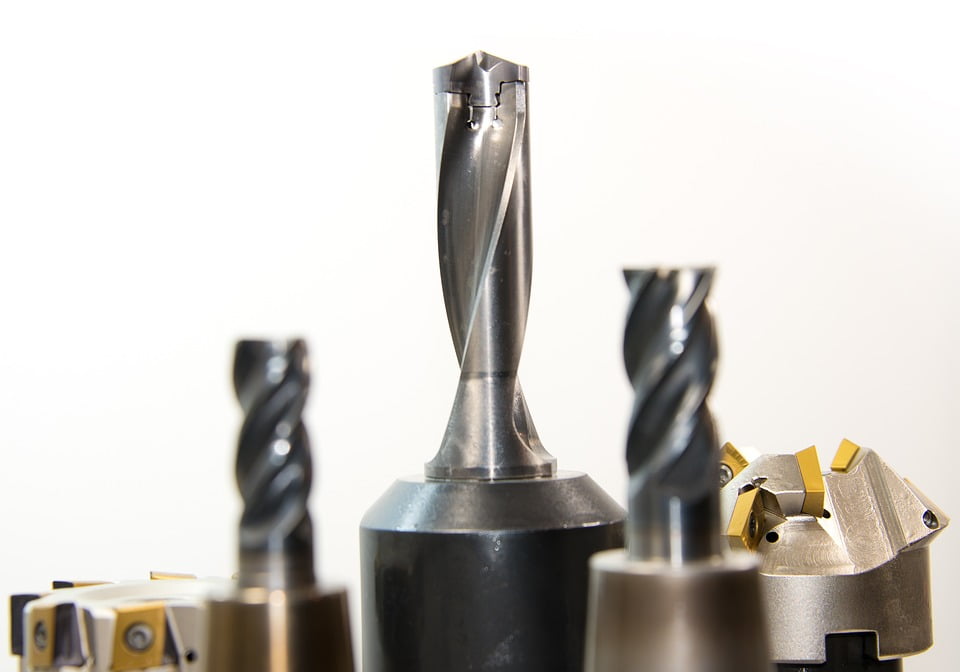Artificial intelligence (AI) has been a hot topic in recent years, with advancements in technology leading to incredible breakthroughs in various industries. From healthcare to finance, AI has the potential to revolutionize the way we work and live. The Future of Artificial Intelligence: Cutting-edge Technologies Revolutionizing Industry is a book that explores this exciting field and provides a comprehensive overview of the benefits of AI and how cutting-edge technologies are changing the game for businesses all over the world.
In this blog post, we will dive into the key takeaways from the book and provide tips on how to get started with AI, as well as the essential equipment you’ll need to succeed in this field.
Overview of The Future of Artificial Intelligence
The Future of Artificial Intelligence: Cutting-edge Technologies Revolutionizing Industry is a must-read for anyone interested in AI and its impact on the future of work. The book covers a wide range of topics, from the basics of AI to advanced machine learning algorithms and their applications in different industries. It also delves into the ethical considerations of AI and the potential risks and challenges that come with implementing this technology.
One of the main takeaways from the book is the incredible potential of AI to transform industries and drive innovation. For example, AI-powered data analytics can help businesses make more informed decisions and improve their operations. Machine learning algorithms can automate repetitive tasks and free up employees to focus on more complex and creative work. AI can also enhance customer experiences through personalized recommendations and predictive analytics.
Getting Started with AI
If you’re interested in getting started with AI, there are a few key steps you can take to kickstart your journey. First and foremost, you’ll need to brush up on your programming skills, as most AI applications require knowledge of languages like Python and R. Online courses and tutorials are a great way to learn the basics of AI and machine learning.
Once you have a solid foundation in programming, you can start exploring AI tools and platforms. There are many open-source libraries and frameworks available, like TensorFlow and scikit-learn, that can help you build AI models and experiments. These platforms also provide access to pre-trained models and datasets, making it easier to jumpstart your AI projects.
Essential Equipment for AI
To succeed in the field of AI, you’ll need the right equipment and tools to support your work. Here are some essential items you should consider investing in:
1. High-performance computing resources: AI models often require significant computational power to train and run. Investing in a high-performance computer or using cloud-based resources can help you speed up your AI projects.
2. Data storage and processing tools: AI projects typically involve working with large datasets, so you’ll need ample storage and processing power to handle this data effectively. Consider investing in a high-capacity hard drive or cloud storage solution to store and analyze your data.
3. Training data: AI models are only as good as the training data they’re fed. Collecting and preparing high-quality training data is essential for building accurate and reliable AI models. Consider using data augmentation techniques to increase the diversity and quality of your training data.
4. Collaboration tools: AI projects often involve working with a team of researchers and engineers. Collaboration tools like Slack and GitHub can help you communicate and share code with your team members, enabling more efficient collaboration.
In conclusion, The Future of Artificial Intelligence: Cutting-edge Technologies Revolutionizing Industry offers a fascinating glimpse into the world of AI and its potential to transform industries. By following the tips outlined in this blog post and investing in the essential equipment for AI, you can start your journey into this exciting field and unlock the benefits of cutting-edge technologies for your business.


